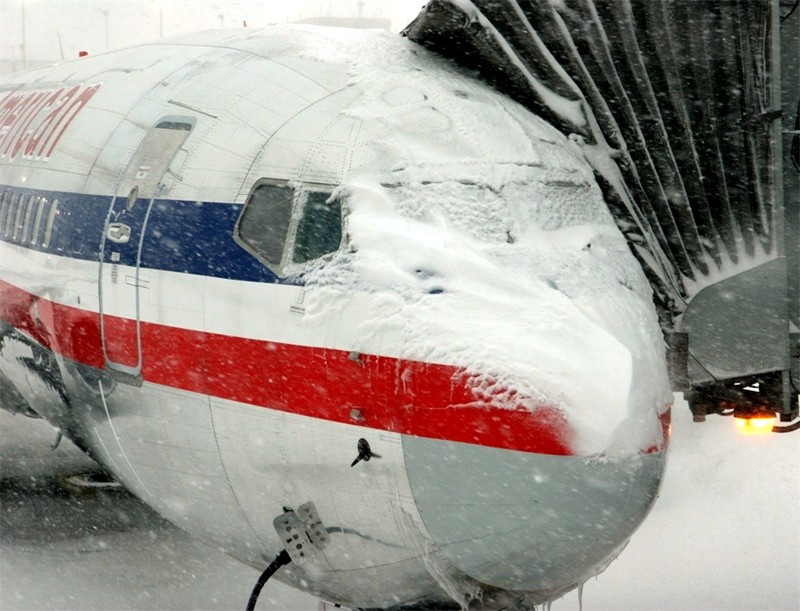How 5G Aircraft Interference needs better Management
You’ve seen the news and you’re worried. You want that super-high 5G connectivity, but not if it interferes with how pilots fly aircraft.
What the hell is going on? How did the Airlines, Wireless providers and the US Federal Government screw this thing up? And what’s been done to solve it?
Here is the Airline Pilot Association 5G Update from June of 2023. We will update this page frequently.
The Case of Aircraft V Wireless Companies
Welcome to 5G v Aviation 101. The What. The How. And the What’s Next for the 5G issue in our ever-crowded skies.

The good news is that this story brings us all closer to understanding how aircraft technology is affected by our insatiable desire for TikTok. But when we fill up the limited wavelengths with data that can interfere with other data, we risk airline traffic.
If we want eVTOL’s or Drone taxis anytime soon, we need to get to grips with 5G.
Aviation Industries
You may recall a few short years ago, at take-off, we made everyone switch off phones, laptops and your child’s etch-a-sketch. Because we knew extraordinarily little about what affect Cellular Signals had on the dials and needles in the cockpit.
The introduction of 5G by the wireless industry brings us right back to that point.
5G Aircraft - C-Band
Microwaves. That’s what your 5G signal is made of. And not just any old Microwaves but the 5G C-band spectrum. It was previously used for satellite TV back in the 1970s, but today, the C-band spectrum “house” is for rent. And so the new tenants have.
The big Wireless Companies have paid handsomely to “Sprint” into the biggest bedrooms they can find. Those same wireless companies have spent $70 billion for those rights and invested heavily in the technology that transmits the signals.
Just so we can see Tom Brady’s eyes sparkle in UHD one last time.
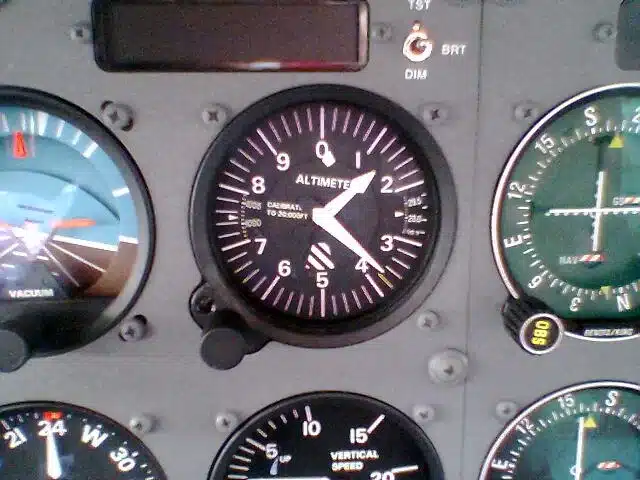
C-Band Spectrum
BUT… The 5G C-band service is from 4Ghz to 8Ghz, which just so happens to cross paths with a particular system called the Airport Radar Altimeter, whose range is 4.2GHz to 4.4Ghz. There are several airborne electronic devices used by aircraft and pilots, but the Altimeter (from the word Altitude) measures the distance the aircraft is from the ground immediately below it.
This is valuable information, especially as the aircraft gets closer to parts of the ground where there’s no runway. These are parts of the ground us aviation stakeholders are trying to avoid. So wireless operators messing with this exact location data is a no-no.
So how did it come to this? As you can imagine, there are two sides to every story.
Mobile Power Vs Devices
The Mobile Carrier’s side of the Story is all about traffic. The mobile kind. There is a website you might want to visit. That site educates the traveling public on the Mobile network’s view of what happened. Here you will read interesting facts related to the use of the 5G microwave C-band in other countries.
Around forty countries globally have rolled out 5G in that very same radio spectrum without restrictions. And without problems to aircraft radio altimeters. In fact, in the EU, 5G power levels are 150% higher than is authorized around major airports in the USA.
5G Aircraft Safety
EASA (European Union Aviation Safety Agency) has said “there is no risk identified with 5G interference across airports in the EU”. And right now, today, many hundreds of international airlines will depart US soil to land at these 5G approved EU airports without any problems.
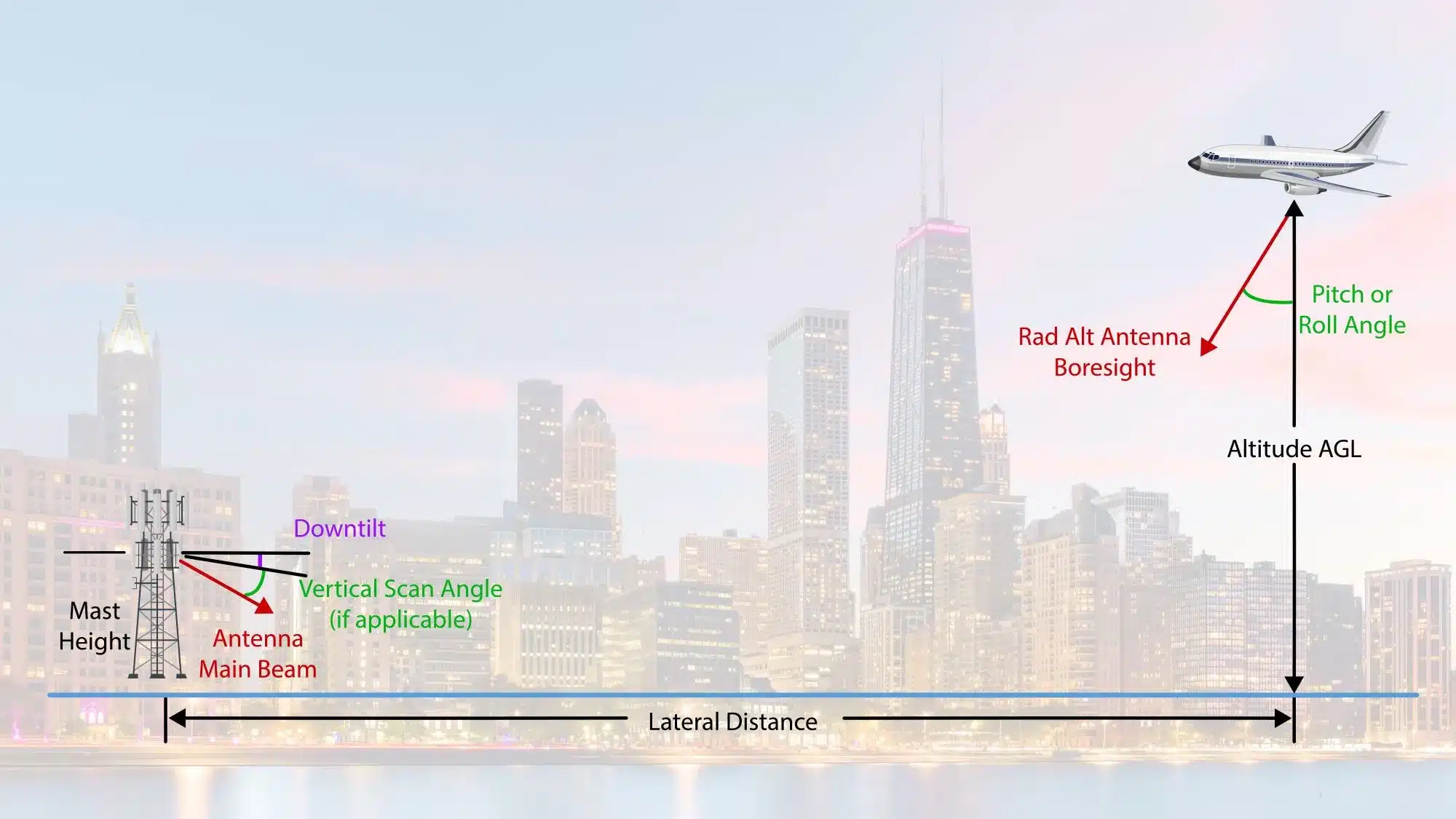
US Government agencies on the other hand have doled out restrictions to 5G operators. Each agency Insisting that the 5G C-band transmission be protected against harmful interference for 96 seconds. This means all flights near airports as well as a “guard” band of 100Mhz between the 5G C-Band and the Aviation spectrum. This guard band was increased to 220Mhz after the Aviation industry intervened.
5G Aircraft Ground Frequencies
The issue, according to wireless companies, is that the Feds only started looking at the harmful interference in the USA a few short years ago. And only at the behest of the Airline Industry. Long after these rights were awarded (and paid for) by them and their cohorts. Really? is that true?
We checked and discovered that the FAA notified the Airline Industry of this potential issue with their radio altimeter models and 5G in November 2021. So there is some merit to this.
One must ask where the joined-up thinking was at the Federal government level?. And where was the technical collaboration?. The Aviation community warned that not all 5G is the same. An immediate quick-fix in the US was to address the Antennae at, or close to, Airfields.
Forcing them to use different proximity to frequencies, which in layman’s terms means that the 5G C-band wireless signals near airports have been kept farther away to protect sensitive aircraft instruments from potential interference.
Aircraft Safety and the FAA
The Federal Aviation Administration has been playing catch up in recent months, not been helped by slowness in connecting the dots between wireless companies and aviation. It should have engaged with the aviation community much sooner.
Since the issues have become known, these wireless service companies have shared their 5G transmitter locations and power levels with both the government and the aviation manufacturers. As well as their supply chain wireless suppliers.
They’ve also worked with the commercial aircraft fleet, using the AMOC approach (alternative method of compliance) to manage 5G-Related Flight Delays and cancellations. Determined which approaches could be used at certain airports.
They’ve collaborated to ensure that aircraft altimeters will operate safely and how to avoid unwanted antenna activations. All stakeholders are now sharing this critical data. But this should have been done a long time ago and the ongoing effects on Aviation Safety include public reaction.
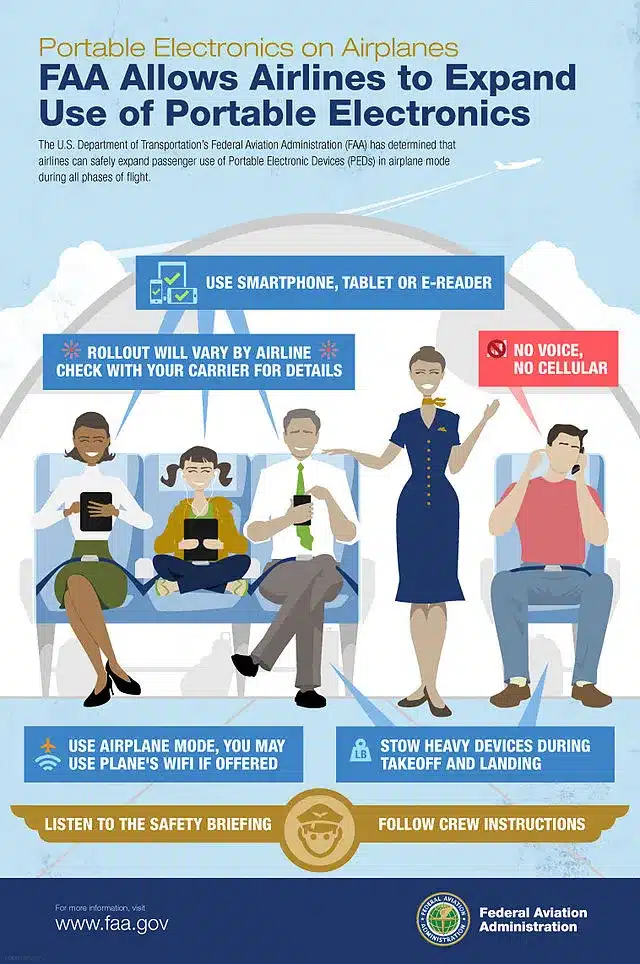
Where are we on the Spectrum?
On 19th January 2022, the wireless companies started switching on their 5G services and the FAA suddenly started canceling landings at airports for certain Boeing aircraft where they felt there was a risk of interference. Either with the aircraft radio altimeters or when there might be a low-visibility landing.
24 hours later flights were resumed, with 80% of them being certified to land in low-visibility conditions. On a more positive front, the NTIA (National Telecommunications and Information Administration) has announced a new initiative to address the gaps in how they manage this spectrum allocation. You can visit them here. And look out for a new memorandum of understanding (MOU) on how they will undertake this with the operators.
No Country for old Planes
As communications technology progresses at an unstoppable pace, this is a good signal. Pardon the pun. A warning about how these shared networks bring both benefits and risks. In our UTM article, we speak about the control of airspace and how difficult it will be to control the wide variety of drones that want to fill up the skies overhead.
Right now, aviation equipment used by aircraft and ground stations is under threat. If we need to change these devices and how they operate because of threatening signals from the ground below, then who’s going to cover these costs? And while the FAA has come under fire for this issue, we cannot expect them to be experts in every field of technology that might one day cause technical issues.
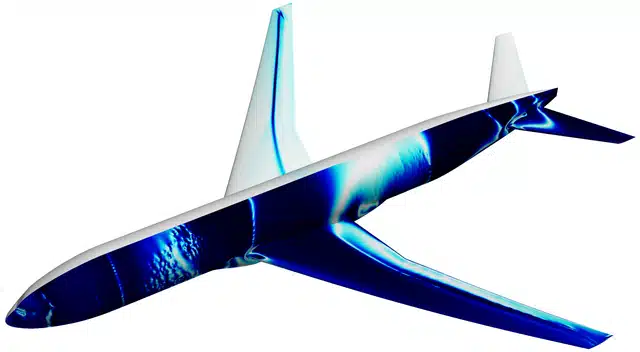
Civil Aviation Spectrum
Our advice is to follow the money. Some of that wireless companies $70 billion dollars should have been spent on an SSA (System Safety Analysis) years ago. Additional time should have been given to the aviation sector before they drew up the cellular contracts. Wireless companies who stand to benefit from the advancement of technology should burden the cost of how that new service might interfere with pre-existing airplane altimeters technology. Or any other system at our key airports.
You can’t just move into Grandma’s old house and start blasting AC/DC from the back bedroom and expect not to have a problem. We in the aviation sector love a party – just give us some compliance time. To buy noise-cancelling headphones.


